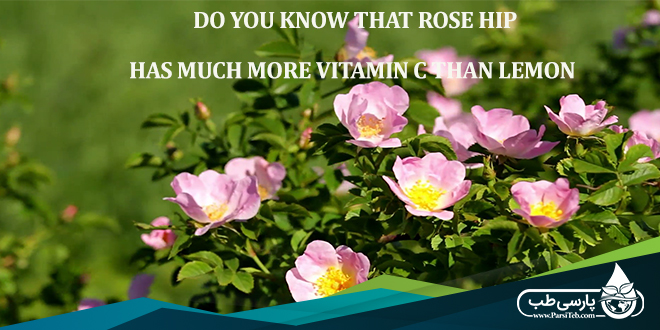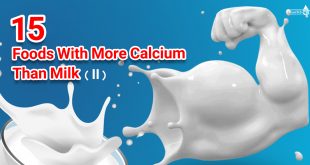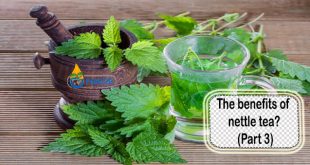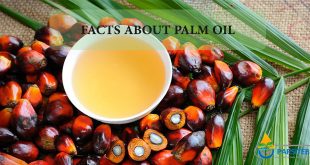Rosehip : In this article, we will introduce a plant that has the richest source of vitamin C among plants, and has approximately 20 times more vitamin C than lemon.
Description
Rosa canina pseudo fruits, often referred to as rose hips, have been used as herbal medicine for more than 2,000 years, yet research has only recently begun to clarify specific mechanisms by which this plant product affects human health.
Rosa canina (Rosehip) is an erect shrub of up to 3.5 m, sometimes climbing,branches often curved or arched. Petals are white to pale pink, rarely deep pink and fruit ripens late.
Rosa canina (Rose hip) is an erect shrub of up to 3.5 m, sometimes climbing,branches often curved or arched. Petals are white to pale pink, rarely deep pink and fruit ripens late.
Geographical distribution
This genus is widely distributed in Europe, Asia, the Middle East and North America.
Chemical compounds
Vitamin c
The fresh fruit of Rosa canina (Rose hip) contains 0.5 to 1.7% of vitamin C, which is a combination of ascorbic acid and hydro-ascorbic acid.
The rich source of antioxidants
Phenolic, Flavonoids and Carotenoids in the wild Rosehip have introduced this fruit as a source of a rich source of antioxidant compounds.
The amount of soluble carbohydrate in Rosa canina is reported to be 34.14-14.17 percent.
Anthocyanin
Anthocyanins are water-soluble pigments and the total amount is 2. 28 (mg / L cyanidin -3-glucoside).
Carotenoids
Carotenoids, which are orange-red natural pigments in plants.
The precursor is vitamin A and has beneficial effects on human health.
Rosa canina contains high levels of carotenoid so that it varies between 20-77 mg / 100 g of fruit weight.
The important carotenoid compounds of Rosa canina are lycopene 11.1 and beta-carotene 2.7 mg (fresh weight), respectively.
Phenolic compounds
So, Total phenol content in Rosa canina is reported to be 98 mg gallic acid / g, depending on different factors, which is a significant amount compared to other commonly used fruits.
Rosehip oil
Rosehips have an oil content of about 10%, which is reddish-yellow with a pale pinkish color. The seeds are poisonous.
The major fatty acids that make up Rosa canina are:
- Linoleic
- OleicAlpha-
- linolenic
- Stearic
- And palmitic acid.
Containing the highest amount of fatty acids (PUFA)
The high levels of these fatty acids in the body reduce the risk of developing brain failure such as Alzheimer’s and Parkinson’s.
Reference: Newenglandwild
collected by : Dr. Afsaneh Amin Ghafouri
 Parsi Teb Physical and Mental Health Journal
Parsi Teb Physical and Mental Health Journal 



